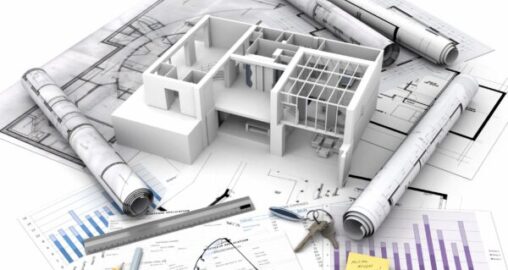The Evolution of the Urban Warehouse

June 26, 2019 | Andrew Chung | Innovo Property Group
Although today New York City is known for its thriving financial services industry, advanced health care, and upscale real estate industries, in the early 1900’s, the city of New York was the world’s busiest port, importing and exporting goods to and from all over the world. As the city’s landscape began to change with the onslaught of high-rise buildings, and the creation of more white-collar jobs became more prevalent, large warehouses from previous years became better suited for the more expansive, and less expensive suburban outskirts.
By the mid-1950’s, New York City, fueled by post-war prosperity was experiencing a burgeoning resurgence, and while new buildings were being constructed throughout the city, existing industrial infrastructures were converted into office and living spaces to keep up with the demand. Brooklyn was once referred to as, “The Walled City,” for the seemingly never-ending warehouses lining its shores. Today, many of those buildings have been converted into high-end housing or open-floor-plan offices, and there is very little actual warehouse space functioning within the five boroughs.
By the 1970’s, the U.S. economy began to decline, which hit New York City particularly hard. During this time, there was a large movement of middle-class residents who began to move to nearby suburbs, which largely impacted the city’s tax revenue. By 1975, New York City was in a full-on financial crisis, which only further shifted the surrounding area and its economy. The city was no longer a prosperous industrial metropolis, but a troubled one at the brink of bankruptcy.











